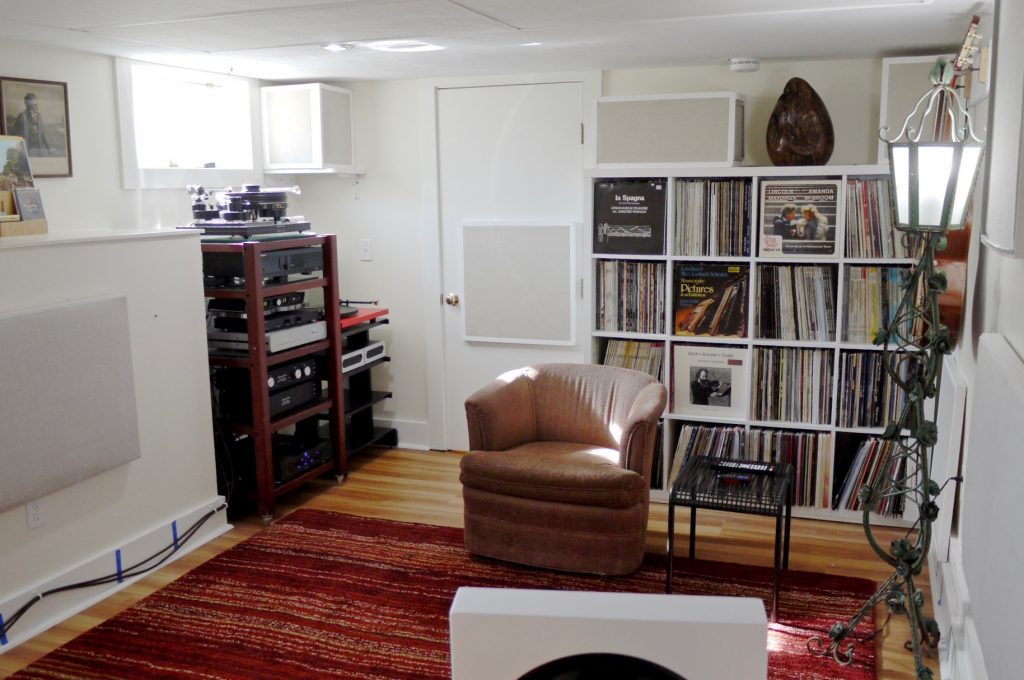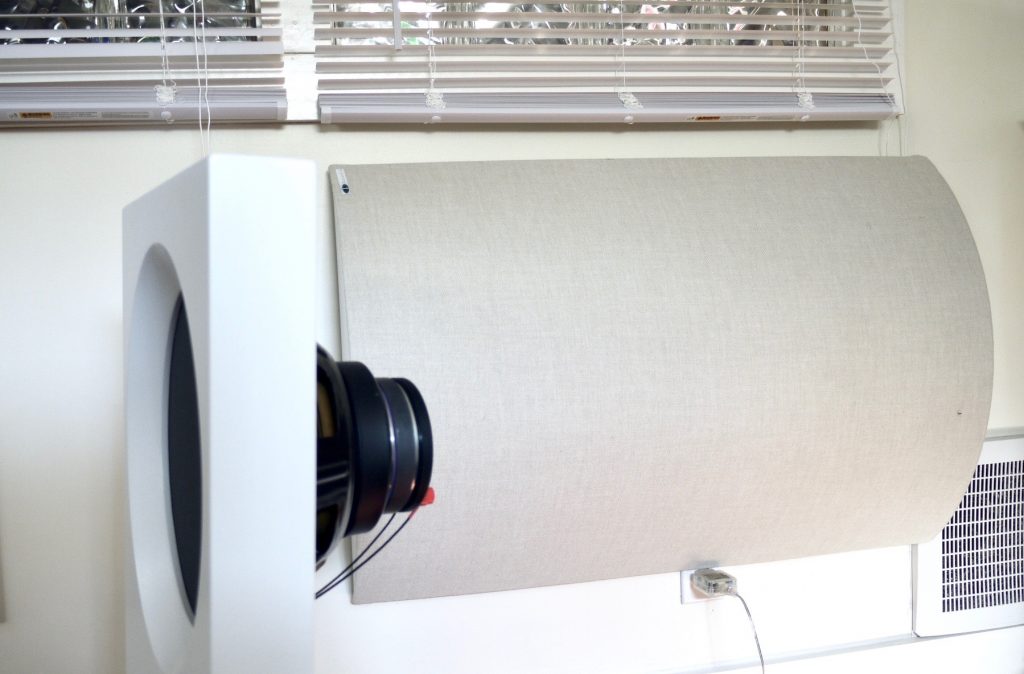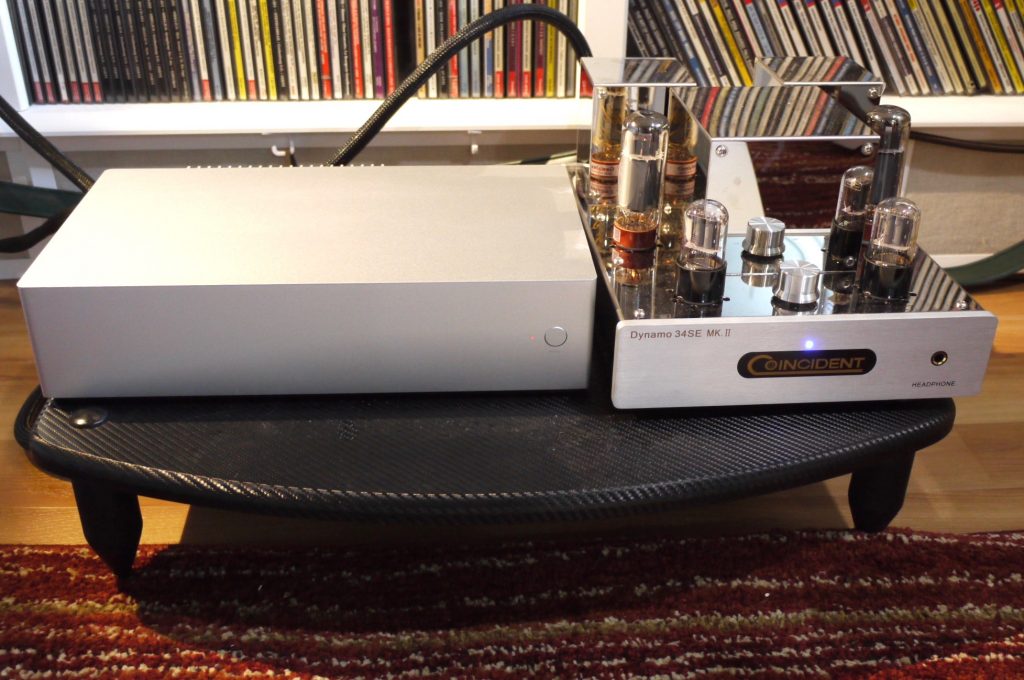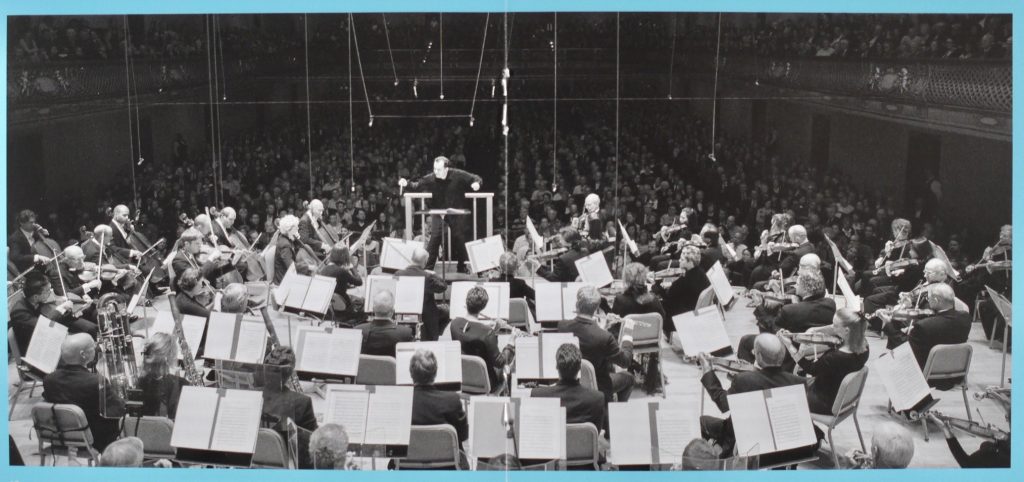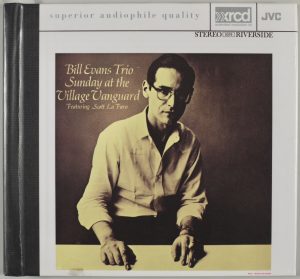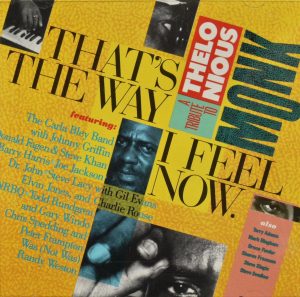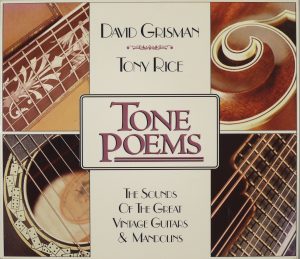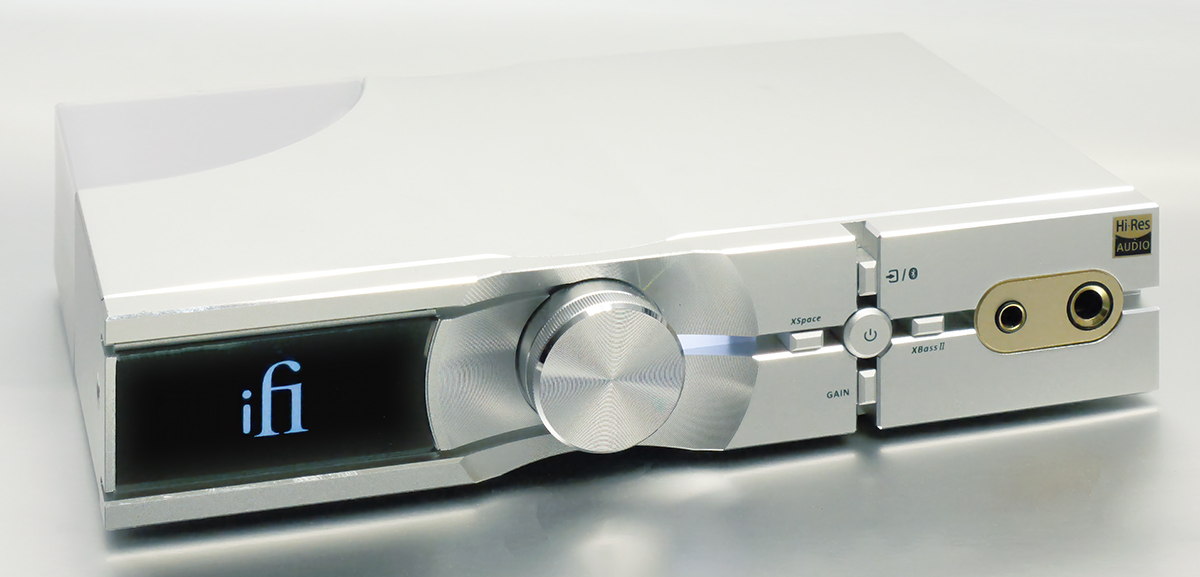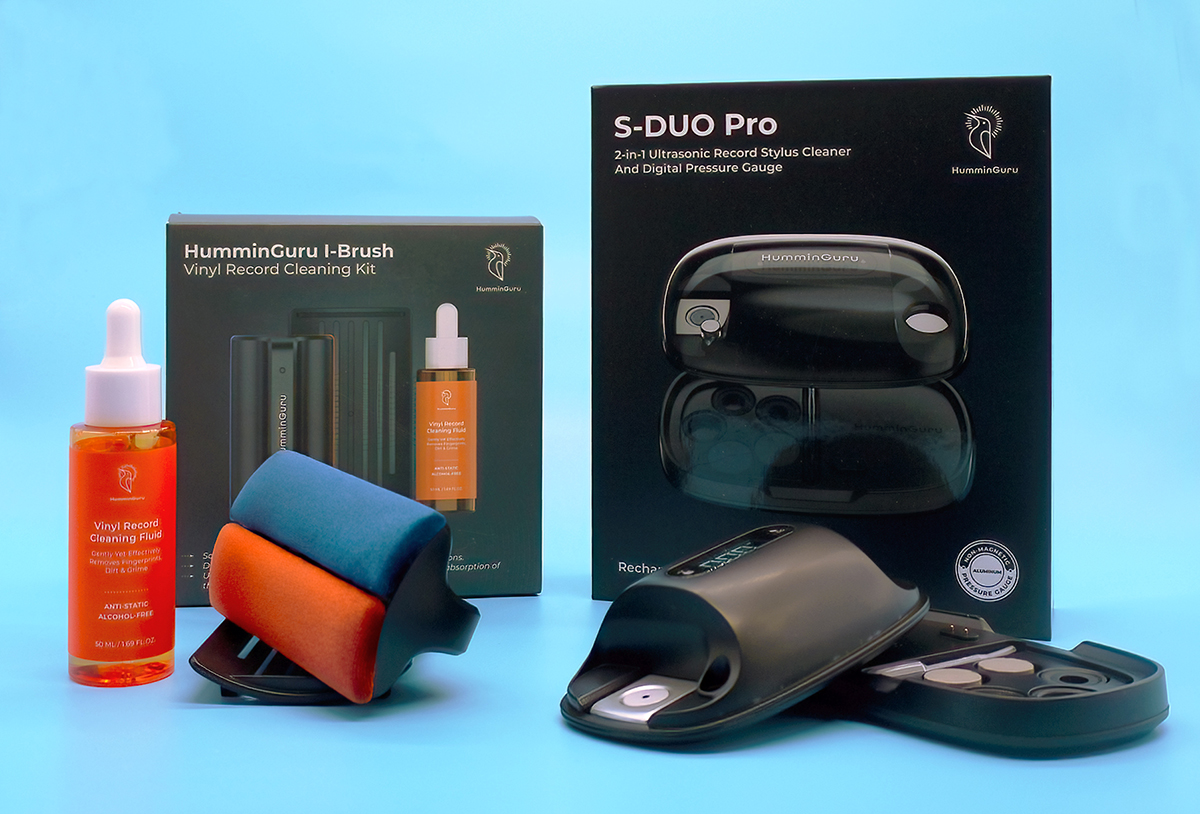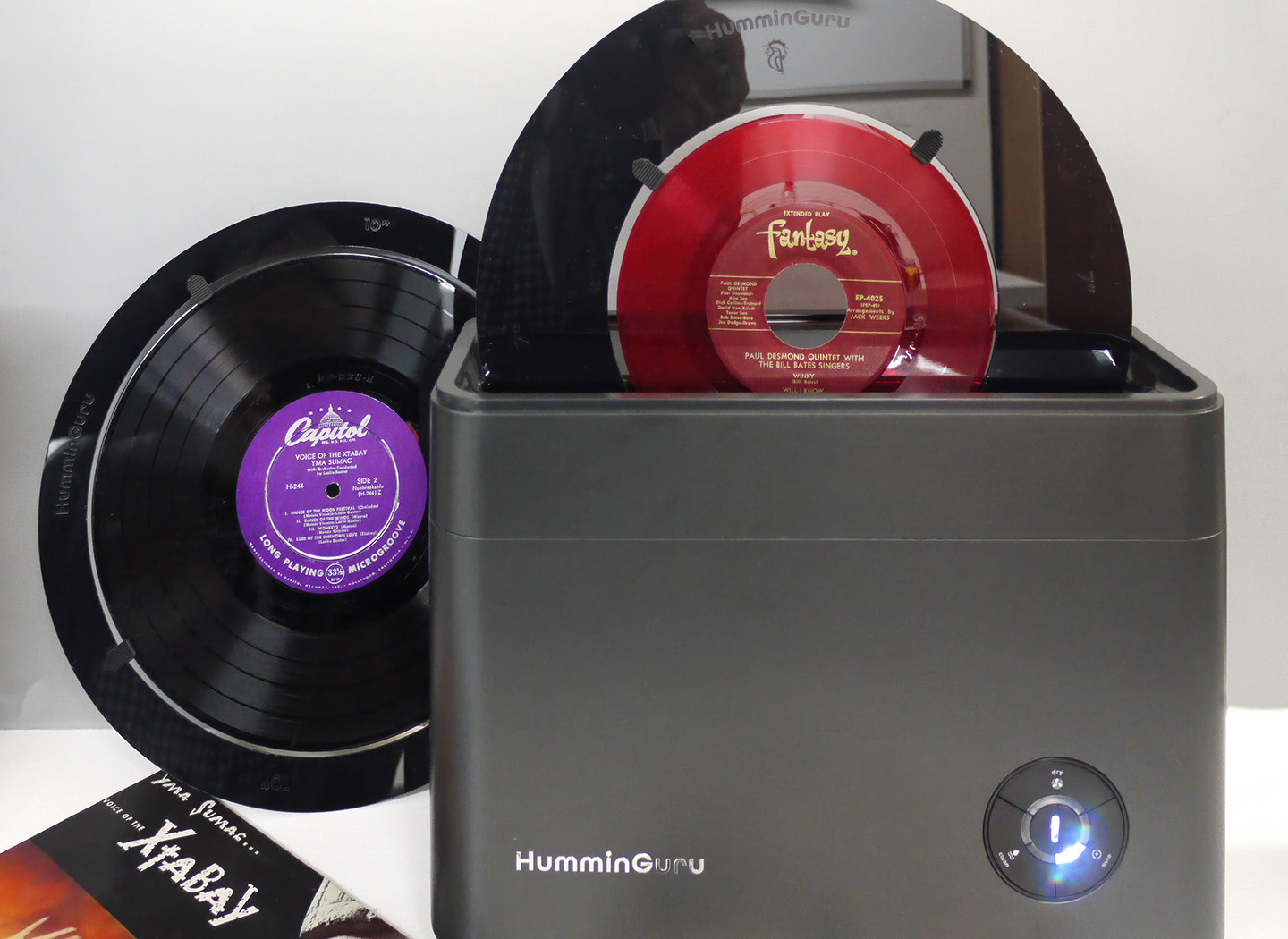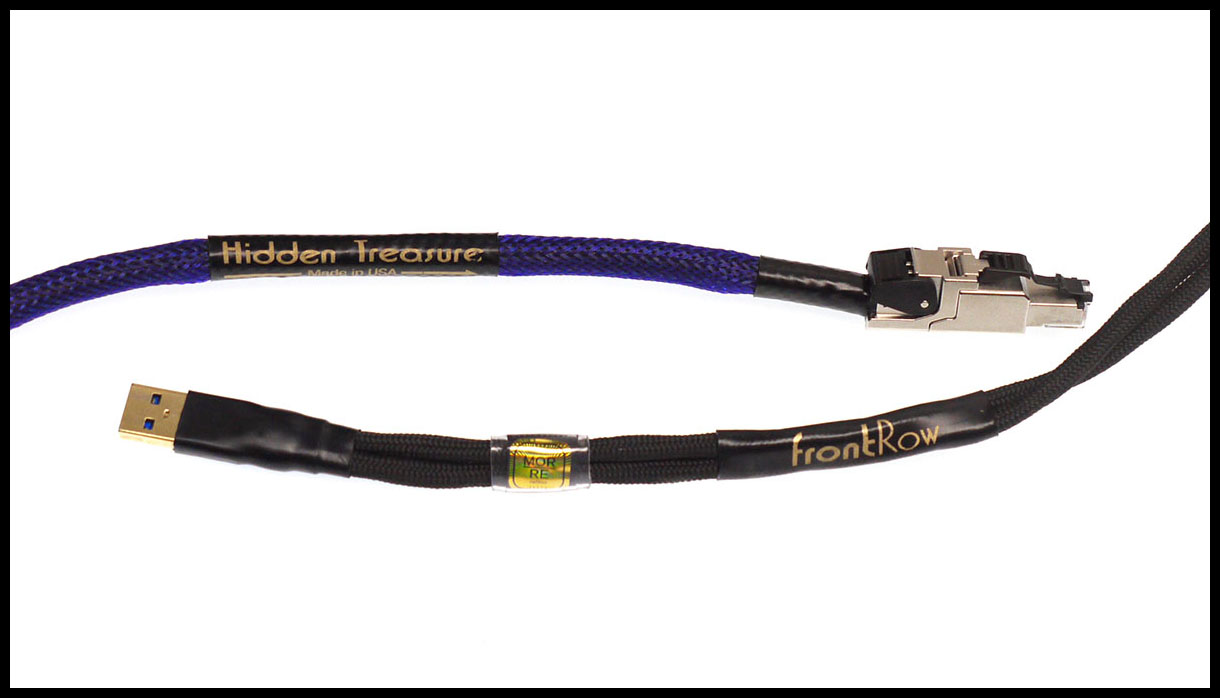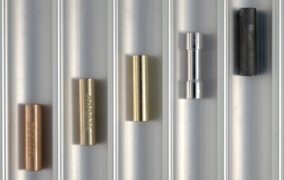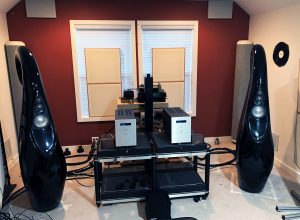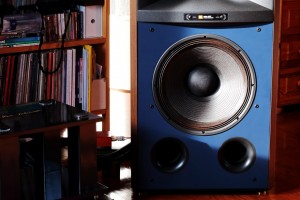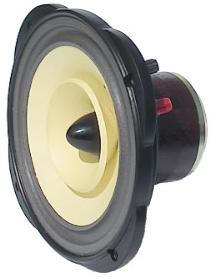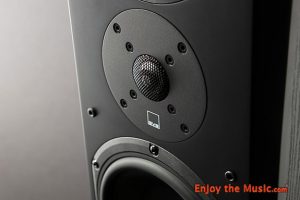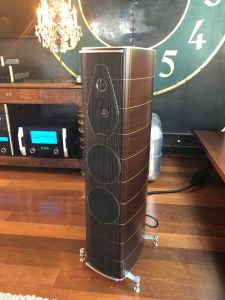Clayton Shaw wisely cautions that shifts as small as an inch can be audible; turns out toe-in/out rotation also affects the sidewall null and mid-bass levels, especially when close to the side walls. And with the dipolar M4TMs one also has to conjure with the rear treble driver. Many Maggie owners have struggled with the full-panel's backwave (basically, bigger rooms are better). The M4TM dipole treble driver is much easier to "manage" than a 6' tall panel. The rear output is lower in level as it lacks the front woofer/wave-guide/horn, and as a point source, naturally spreads sound over a wide area. While there is no level control, physical attenuation—weather stripping, etc.—is easy, and of course one can block them completely to determine the effect during setup.
After considerable experimentation, the Spatials ended up within a few inches of the 1/3 deep and 1/5 wide locations, toed-in to aim towards the listening position. The M4TMs need to be well out from the front wall for the rear drivers to fully come into play-Spatial says at least 3'. In psychoacoustics there is this thing called the Haas (or precedence) effect that affects all speakers, but especially dipoles and omnis. If the reflected path from speaker to wall to listener is less than about 5'-6' longer than the direct path, the brain hears the two signals as one. If the distances are more than 5'-6' different, the slight delay is heard as depth; if there are multiple delay times, all the better. Even in my small room, the reflected path is at least 10' longer than the direct sound, longer of course if bounced off side walls or ceiling.
One does not want much acoustic absorption behind the speakers, but diffusion is good. In a "normal"-sized room, with the M4TMs toed in toward the listener, most of the compression driver rear wave would bounce off the front wall outside the speakers, then off the side wall, then to the listener, well-dispersed and delayed. In my narrow room, the rear drivers basically fire into the corners. From my ill-spent youth, I know a ball rolled towards a corner caroms off one cushion to the other, and returns towards you; same thing results with sound waves into a corner. The M4TMs image precisely, and well outside speakers when the recording warrants, but the soundstage sometimes became bowed forward at the edges. In effect, the reflected sound was too confined by the corners, and the image got distorted. Absorption panels on the side walls behind the speakers just killed the Spatial "magic." At AXPONA, I chatted a bit with the folks from GIK Acoustics, and grabbed a catalog. They were able to supply a solution: Evolution Polyfusors custom-sized for my space. Normally 4' tall and installed vertically, mine are 3' x 2', and mounted horizontally at the height of the rear compression driver. Much of the back wave towards the corner now gets redirected up, down, and around the room, adding richness and air to the presentation, much as if the room were larger. Sometimes it pays to talk to the pros.
Systems Theory
As the review listening sessions would require multiple repeat plays and adjustments, I chose several silver discs for specific factors-although I usually prefer listening to LPs, this was a pragmatic reality. As I am not a full-time reviewer constantly changing horses, much of my gear is no longer in production. The base system consisted of an Oppo 205 CD/SACD player, a Bent Audio TAP autoformer-based passive preamplifier, and several amplifiers. Power cables are from PS Audio, Tel Wire, JPS, and Coincident. Amplifiers are plugged directly into Furutech or cryoed Hubble Hospital grade outlets on a dedicated 20 amp circuit. Source components run off a PS Audio Power Plant Premier AC regenerator. After trying several options, signal cabling ended up mostly previous generation Tellurium Q XLR Black and Graphite interconnects, with a long run of Wire World Eclipse 7 unbalanced to the amps, and Tellurium Q Green speaker cables (equivalent of the current Blue Diamond model).
I began by setting up the Amphions driven by my Bel Canto Class D monoblocks as a baseline before introducing the M4TMs. I've enjoyed thousands of recordings with that combination, but it took 15 seconds with the Spatials to hear how colored the Amphions were; likewise the other box speakers I tried. There was a basic openness and honesty to the open baffle presentation that has to be experienced. The Amphions have the audiophile attributes: flat response, laser-sharp imaging, a wave-guide tweeter crossover at 1200Hz (below the presence range), real mid-range slam, and tight bass extension to below 30Hz. The Spatials just sounded much more like music. I tried several other amps I had around—from a 15wpc class T mini-amp to the PS Audio Sprout 100 from my office system, and the M4TMs revealed differences between them far better than did the Amphions—whether the Spatials were more neutral or the box speaker colorations masked differences is an interesting question. My guess is both.
In high-end terms, the Spatials are not expensive speakers, so I wanted to use them with sub-$2000 amps. One amplifier I ended up using a lot is a corporate orphan. While I was doing research on the Spatial speakers, the Google pointed me to a 2017 Steven Stone TAS review of the Optoma/NuForce STA 200. He had noted how well they worked with his Spatial M3 Turbo-S speakers, and the Google paid attention. So did I, as I do trust SS, having known him since before he joined TAS, back when we were both part of the Boston photo scene. Optoma (the video projector company) had bought NuForce (the principals of which soon regrouped as NuPrime). Optoma also had a corporate relationship with Goldmund, and the 80 wpc class A/B STA 200 is basically a licensed near-clone of the famous French concern's Job 225 amplifier. But divorce and remarriage are messy affairs, and when I discovered the $1299 (MRSP) STA 200 was being closed out by Audio Advisor (and perhaps others) for $499, I thought it would be ideal for the "family room" system upstairs. It's one sweet little amp, and if it had a bridged mono mode, I'd have bought two (I know SS bought his review sample, too).
But "Triode Master" implies a special compatibility with low-power tube amps, as confirmed by the 12 Ohm impedance and 93dB sensitivity. I've had push/pull tube amps in the past, but never owned high-efficiency speakers that would warrant boutique 300B SETs and the like. But, late in the review period, when I had an opportunity to pick up a low mileage Coincident Dynamo 34SE-Mark II (MSRP $1499), I didn't hesitate. In fact, I was sufficiently impressed to order Coincident's Statement power cord for it (MSRP $695), which so elevated the performance it should be considered essential (despite pushing the retail over my $2000 target range). Using inexpensive EL34s rather than pricy exotics, it's an obvious choice for the Spatials.
Actually, the M4TMs were happy with all the amps I tried, but there were differences. The Bel Canto monoblocks had the tightest bass but the driest treble. The STA 200 added a touch of warmth and a deeper soundstage. Spatial suggests any amp over 10 wpc will do. The Dynamo is rated at but 8 wpc (more like 6 into 12 Ohms off the 8 Ohm taps, I'd guess), yet it never seemed stressed or compressed in my 1000 cu ft space. It bested all others on the "palpability" index, not surprising for a SET, and on balance was easily the winner. As both the NuForce and the Dynamo fit on one amp stand, it was easy to go back and forth, no heavy lifting.
An Illusion of a Representation of a Reality
I taught photography for 30 years, and that was one of my mantras. It's a useful prism for engaging many art forms, especially if one allows for an internal reality underlying abstraction and improvisation. It certainly applies to sound reproduction—especially stereo or multi-channel. In choosing "Hologram" to name a line of loudspeakers, Spatial invites the comparison. 3-D images have been around since the 19th century stereopticon, but their illusion was ultimately unconvincing in much the same way 3-D video is/was: restricted to a single fixed viewpoint, there is an impression of depth without dimensional "body." By comparison, a classic hologram appears to be just a plain glass plate, with no discernible image. Instead it records an interference pattern which, when viewed under collimated light, creates a floating image of an object in three dimensions: one can peek under, over or around it.
Stereophonic sound is actually an aural equivalent of the stereopticon: any loudspeakers can resolve lateral stereo imaging, but those images too often lack depth cues to provide "body." High-end audio, at least since Harry Pearson coined the term, has been concerned with attempts (in both recording and reproduction) to generate both a convincing soundstage (essentially, depth and width) and the soundspace, i.e. the recorded environment—concert hall reverberations, etc.—in all dimensions, including height. There have been many attempts at expanding the soundstage by manipulating the inter-channel (phase) delay and employing cross-feed circuits such as found in the original Carver Sonic Holography processor, "Spatializer" circuits in TVs and headphone amps, or boxes such as the BSG qøl Sound Completion Stage. The M4TM loudspeakers do not do any signal processing, they simply combine point-source imaging with the naturally enhanced reproduction of the recorded space common to omni and dipole speakers. What results, given appropriate ancillary electronics and cabling, is that instruments and voices gain "body" and inhabit a realistic 3-D space behind the speakers.
During the year the house renovation was underway, I lived 3 blocks from Boston's Symphony Hall, and really took advantage, booking seats all over the hall. So one of the first discs I played was a live recording of the BSO playing the Shostakovich 9th, 5th, and 8th under Andris Nelsons. It is a state-of-the-art DGG multi-miked sonic spectacular; this picture in the insert looks like at least a dozen microphones were in use—and it had sounded like it on the Amphions. Switching to the M4TMs was transformative: close, multi-miked impact retained, but from a coherent, 3-dimensional conductor's perspective for the 9th, audibly shifting more mid-hall for the 5th. Shostakovich is not shy on bombast, but he also grants many instrumental solos, with minimal accompaniment, and the celebrated Symphony Hall acoustic is richly resplendent throughout. Atmospheric modern recordings like Geoffrey Simon's Debussy were beautifully handled, as was challenging repertoire ranging from Johanos' Ives to Gerald Schwartz' mesmerizing Phillip Glass 4th Symphony (based on music by Brian Eno and David Bowie).
Chamber music was also superb with the Spatials. I know a 6" driver can technically reproduce the sound of a cello, but with two 12" dipole drivers, the M4TMs have much the same radiating surface as a cello…no comparison, they love the cello! (Also pianos, drums, gongs, and other Big Sound instruments). Why else would I stay up half the night comparing Bach Cello Suites-Starker, Haimovitz, both Yo-Yo's, Casals, Bylsma…. Or just try the BSO Chamber Players 20th Century French SACD. Recorded in Worcester's marvelous Mechanics Hall, there is nothing mechanical about the playing. Sure, you know Ravel, Debussy, etc…but Tomasi, Françaix, and especially Dutilleux's "Les Citations" for oboe, harpsichord, double bass, and percussion? Wicked awesome, as they say in Boston.
Jazz is also usually recorded "live," even if in studio, and accrues the same benefits from the M4TMs. The XRCD of Bill Evans Trio Sunday at the Village Vanguard is realistically intimate and "live" despite the left/right panpotting, as Motian's drum kit and the audience murmurs seem further in the background. I won't get into a "which Kind of Blue" debate, but the gold CBS CD sounds quite fine to me over the Spatials, with the studio's acoustic space nicely rendered, imaging outside the speakers, etc. On the other hand, I have jazz buddies who insist you need horns to play horns, and the M4TM's natural sound—even with the "horn-loaded" coaxial compression driver—might not do the power/presence thing for them. Their loss. I also played some mono jazz—the primary space in mono is depth, right down Spatial's alley, and I love me my early Monk. Actually, the Monk tribute album, That's the Way I Feel Now, with its eccentric/eclectic instrumentation, became a favorite M4TM demo disc. But the ideal jazz playground for the M4TMs is probably the "chamber jazz" of ECM: Pat Metheny, Carla Bley, Don Cherry, Jan Gabarek, Keith Jarrett, David Darling (did I mention cello?), etc..
I mostly lost interest in mainstream rock decades ago, and as I've noted, there are plenty of box speakers that do slam better than any dipoles, if that's your thing. Most pop/rock recordings are routinely mixed for a full stereo spread, perhaps with instrumental tracks with added reverb for faux depth all mixed down to suit. The M4TMs will emphasize studio manipulations and the resulting virtual soundstage. To take an extreme case, Amused to Death goes the full 360˚ Monty, for example, the damn dog way back in the North Forty. Live concert recordings can also benefit, and yes, 93dB means they will play loud, but I'm actually more taken with how well they play soft in my tiny burrow. For "tone and touch", I don't think I've heard a better rendition of the Grisman/Rice Tone Poems, for example.
The M4TMs are very kind to the human voice, which brings us to the inevitable crisis point in any audiophile equipment review: rendering the female vocal, those go-to demo tracks beloved of hi-fi show attendees. OK, but before Patricia and Diana, before Melody and Madeleine, before Eva, Holly and Norah, Tierney and Cassandra, before Jenny sings Lennie, there was…Amanda McBroom. Virtually every balding/graying Boomer audiophile extant spent quality time with Ms. McBroom's two Sheffield Labs Direct to Disc LPs—comparing cables, setting up speakers, tweaking VTA, etc. I've always thought she should be in the TAS hall of fame, frankly, for contributions to the cause. Elsewhere, she's mostly known as a one-hit wonder (a Golden Globe for Bette Midler's rendition of "The Rose" from the film of the same name), but she's apparently had a quiet but steady career in musical theater, cabaret bookings, as an actress (with vintage Star Trek on her vita), and released several albums while writing songs others recorded.
I know this because I stumbled upon her latest recording, Voices, courtesy Amazon's algorithms. If I read between the lyrics correctly, it's her valedictory, the result of a Kickstarter campaign. It's a good but not Sheffield-good recording, clearly done on a budget at a number of Nashville studios. There are a couple dodgy edits, and the arrangements are nothing special. What is interesting is that she's actually in very good voice—considering she just turned 71—needing only occasional support from back-up singers. Her reprise of "The Rose" trades youthful optimism for mature assurance, letting Music City's own Vince Gill take a verse. The other tracks are mostly her own songs dealing with the essentials: life, love, loss. I played it over and over as I swapped cables and inched the Spatials around the room, but not just for olde time's sake. She's simply a damn good singer. Highly recommended for audiophiles of a certain age, particularly as something perfect to play to convince that special someone you really should be allowed to buy that upgrade…
There are no perfect loudspeakers
For all their strengths, the Spatial M4TMs have some weaknesses. The drivers are apparently derived from the pro-audio sphere, and in my room/system, the compression driver seems more dynamic and "quicker" than the 12"-ers, and a perhaps wee bit hot in the sibilance range. It seems every bit as good as many dome tweeters, but lacks something of the shimmer and sparkle of the best ribbon and AMT type tweeters. Open baffle bass sounds more natural to me, but some will miss the percussive impact possible with long throw drivers and muscle amps. The crossover takes a while to mesh the disparate drivers, and there are times, after hundreds of hours, when I thought I could still hear it. The problem, I suspect, is that in the crossover region, some combination of the dipole bass side-wall cancellation and the inherent beaming of a large driver at the top of its pass band shifts the off-axis tonal balance towards the wider-dispersion treble. Because their sound is so room-dependent, level controls for the drivers would be helpful where placement options are limited. Spikes are included, but they were too short to permit the back-tilt needed for near-field listening; I substituted longer ones from an old stand in front.
Minor quibbles, actually. The money quote stands: I can't imagine better speakers (or Bigger Sound!) for my small space. For any experienced audiophile dreading downsizing, for a Millennial wanting to get the music way out from inside the skull, or for tube guys wanting a congenial match, the Spatial M4 Triode Masters can be a revelation. Don't trust me? Trust your own ears—highly recommended!
Hologram M4 Triode Master Loudspeakers
Retail: $2995 a pair
Spatial Audio
435.640.1294




